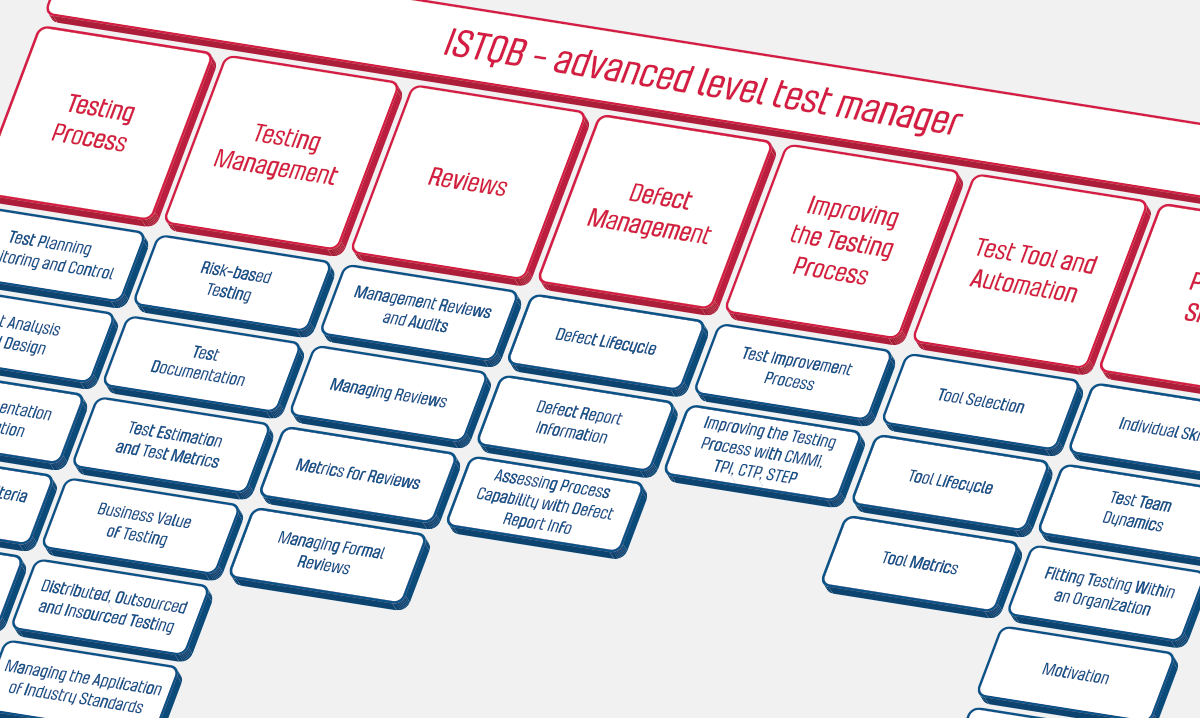
- Processes, standards and quality
- Technologies
- Others
During our last LQA meeting I presented to you Testing Dojo about which I had read in a testing magazine titled Core.
The idea of Testing Dojo is based on the meetings of a group of people who want to develop through practical testing exercises. Meetings can be held via internet, e.g. Weekend Testing – http://weekendtesting.com/ or they can be organised e.g. in a company.
According to Wikipedia the very Dojo term refers to Japanese formal training place or meditation halls used by Buddhists to practice zazen meditation. Dojo itself, requires certain standards of behaviour.

Testing Dojo usually has a specified mission:
- Test this!
- Learn New Approaches
- Evaluate tool
Each of them can look differently and have a particular goal but all of them should lead to a conclusion.
Using Dojo is often preceded with an introduction or a theoretical part which reminds or passes on the knowledge. As a practical part, Dojo is a supplement and a consolidation of knowledge, i.e. exercises.
Dojo usually starts with a presentation of a mission – we introduce subject of test and set goals. Depending on the number of participants we divide them according following roles:
- Tester – does tests in front of a computer and describes his/her actions out loud,
- Recorder – notes the actions of a tester and supervises the course of tests,
- Observer(s) – watch performances of a tester and a recorder,
- Facilitator – supervises the whole process and the use of testing dojo rules so they would not be violated. He/She organises the dojo and moderates the discussion.
There are two main mechanics concerning Testing Dojo:
- Single tester – a single tester is replaced by another participant from the audience after previously agreed period of time,
- Paired session – two participants sit in front of a computer. One of them is a tester and the other is a recorder. After a previously agreed period of time the recorder takes over the role of the tester as one of the observers becomes the new recorder. In the same time, the tester goes back to the audience.
During testing the participants ask questions, which are answered by the tester. Finding the right questions is the essence of the testing, which is also taught by Testing Dojo. Detected errors, important issues which have been raised as well as requests and remarks are noted on a whiteboard or a piece of paper. The session is closed before a given time so results and the value of the meeting can be discussed.
After each session the host compiles a report concerning the carried out exercises and places them on a blog in a section Wiki. He/She also gathers all artefacts developed during the meeting such as pictures of a whiteboard or notes. It is an internal documentation so it cannot be released outside the company, but can be used to write posts which are then published on a blog.
